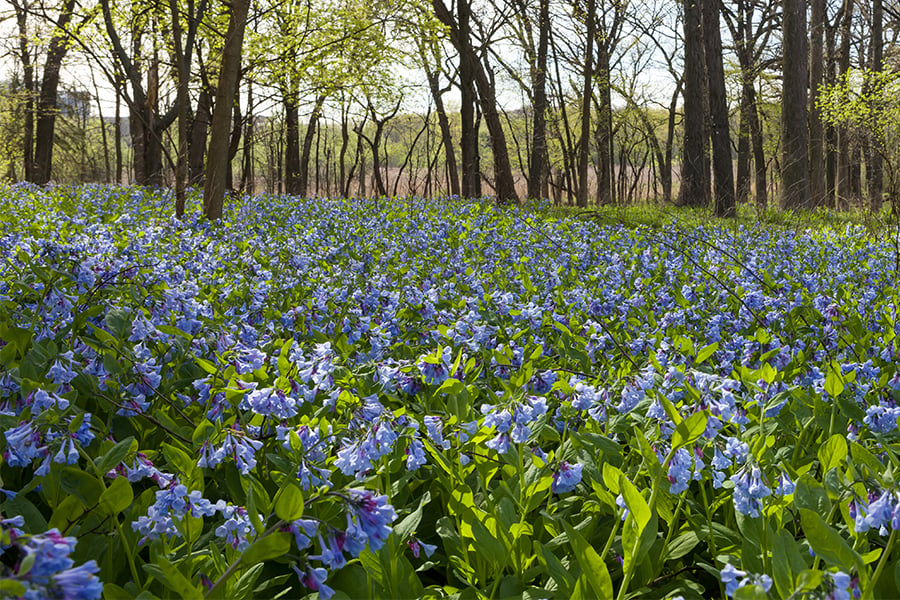
Districtwide — Initiatives
The initiatives on this page were identified in the Forest Preserve District’s 2019 Master Plan (PDF), developed through a two-year process of resource assessment, benchmarking, and public input. While many of the plan’s certified projects are already in progress or completed, these initiatives have yet to get underway.
Planned Initiatives
deferred maintenance, and plans for the continued routine maintenance or revitalization of principal structures. This
will ensure continued efficient operations and delivery of services. Establishing an infrastructure management funding
mechanism based on the Sherman-Dergis formula should be explored.
Environmental Controls and
Monitoring, Habitat Development,
and Cultural and Recreational Uses
The Forest Preserve District owns and stewards a number of closed landfills and other sites affected by the nondiscriminatory disposal or release of waste and potentially harmful materials by former landowners. A principal responsibility of the Forest Preserve District is to maintain these lands to protect and conserve human health and the natural environment.
Although these lands pose risks, when carefully planned they also offer opportunities for valuable natural habitat as well as recreational and cultural uses. However, the most recent end-use plans are over 20 years old and include features
incompatible with modern systems required for the sites’ long-term care.
It’s imperative that the Forest Preserve District update its end-use plans to cement its commitment to the enduring
operation, maintenance and monitoring of these sites and to identify the most appropriate secondary uses, such as natural habitat or compatible recreational space. Plans should also identify long-term costs and funding.
With the ongoing consolidation and reorganization of site operations staff, the Forest Preserve District should develop a
plan to identify surpluses or deficiencies in office, work and equipment-storage spaces and make appropriate adjustments to meet future operational needs.